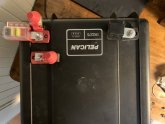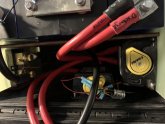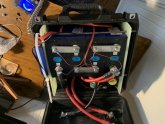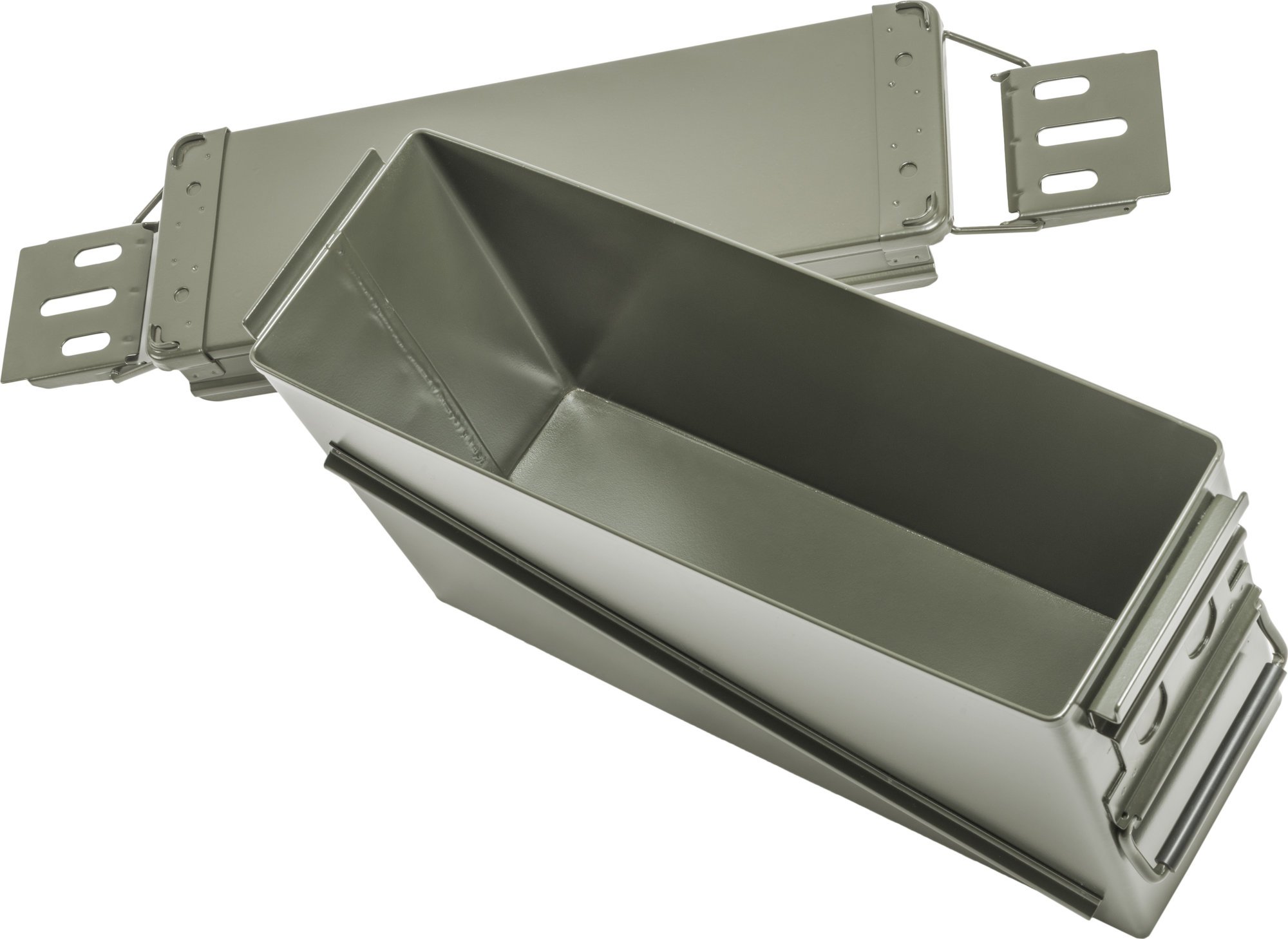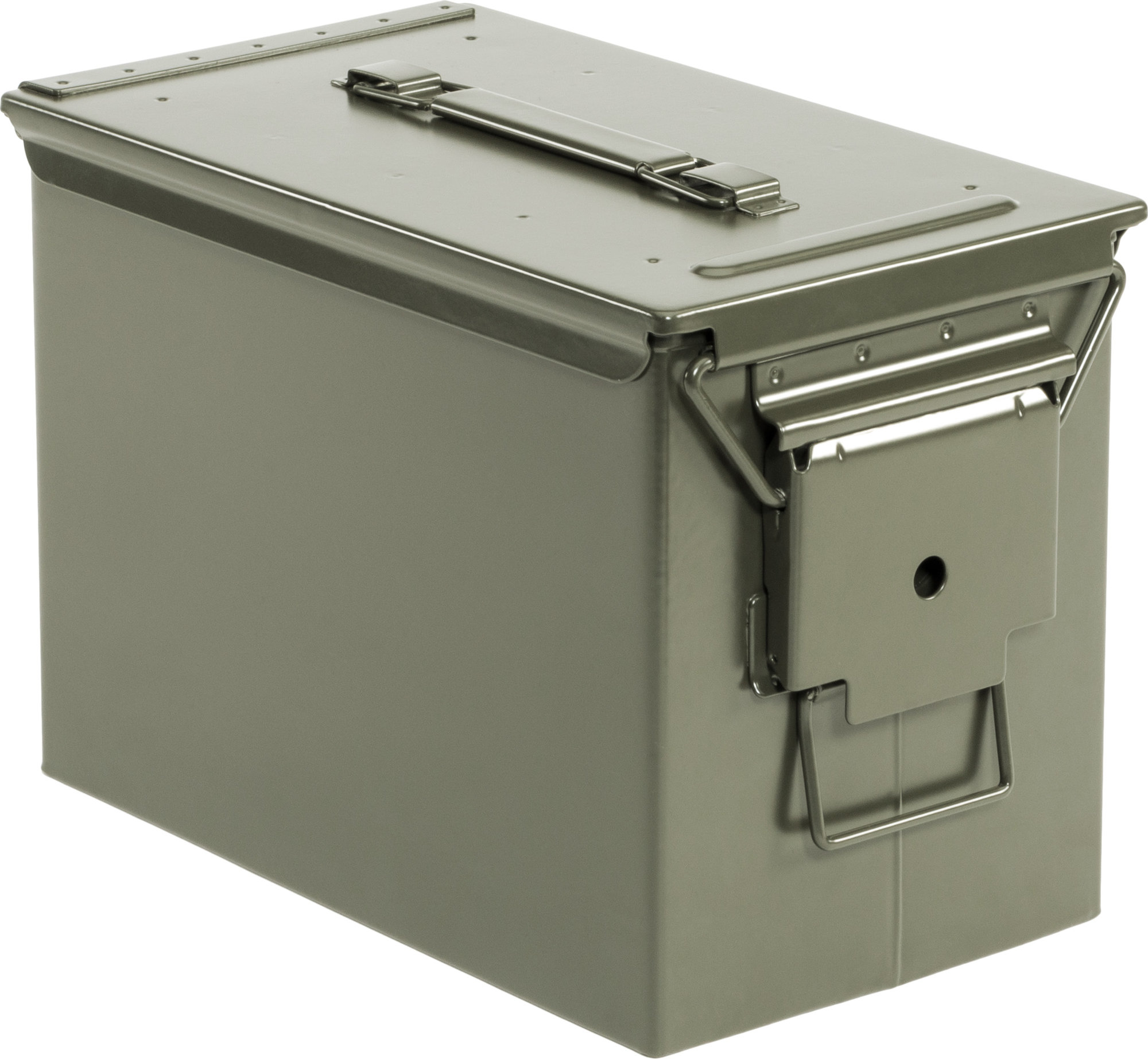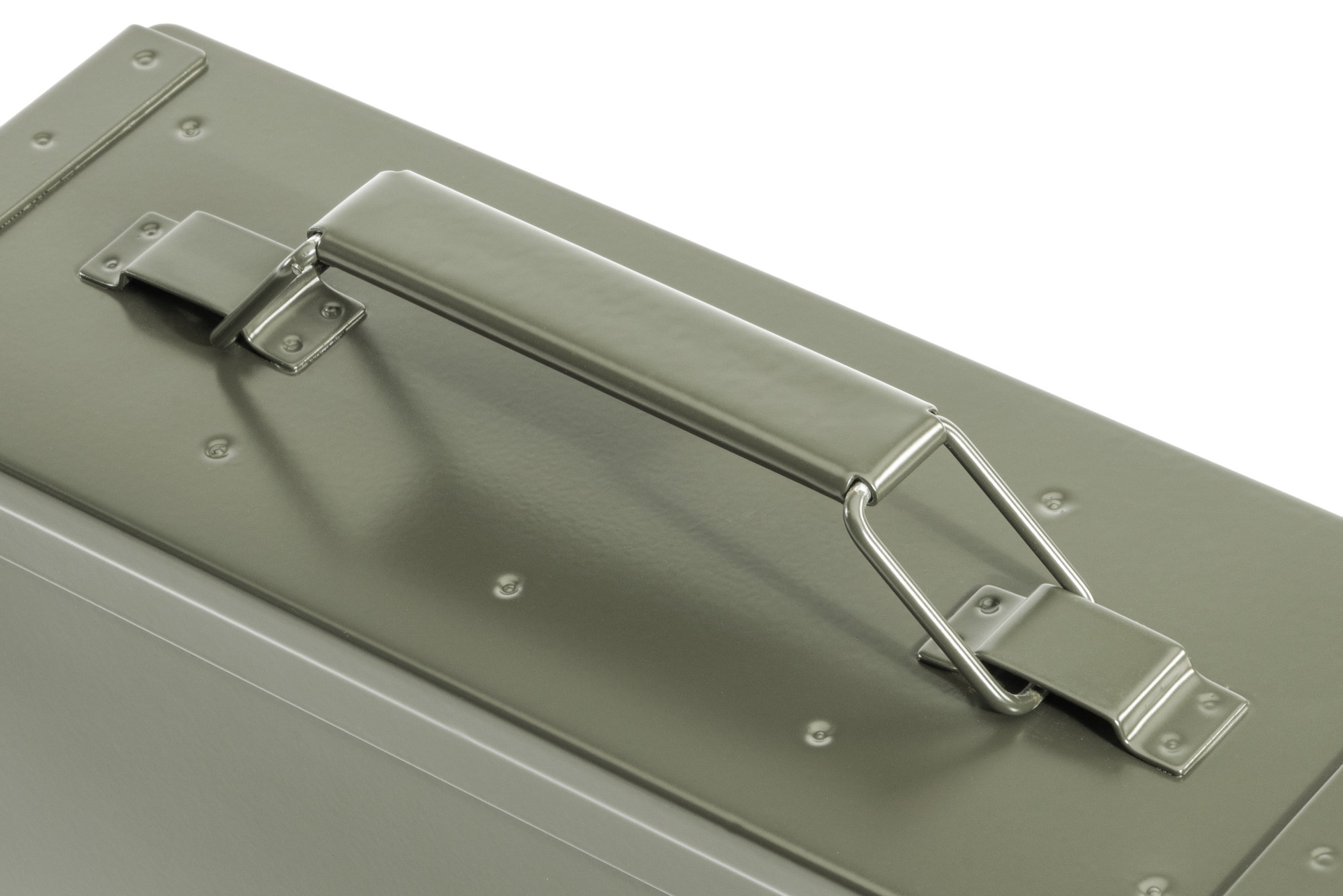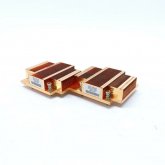You can get them in several places, for example here (which is where I took the image from):
https://www.copperbraid.co.uk/busbar-braids/
You can also find them on Alibaba and other suppliers. Just search for 'braided bus bar' or 'braided copper'. I tend to make mine myself with copper braid as a starting point and press-fitting copper lugs for example. I made a small insert for a vise so I can press fit copper braid into a piece of copper tube.
https://www.copperbraid.co.uk/busbar-braids/
You can also find them on Alibaba and other suppliers. Just search for 'braided bus bar' or 'braided copper'. I tend to make mine myself with copper braid as a starting point and press-fitting copper lugs for example. I made a small insert for a vise so I can press fit copper braid into a piece of copper tube.
Last edited:



